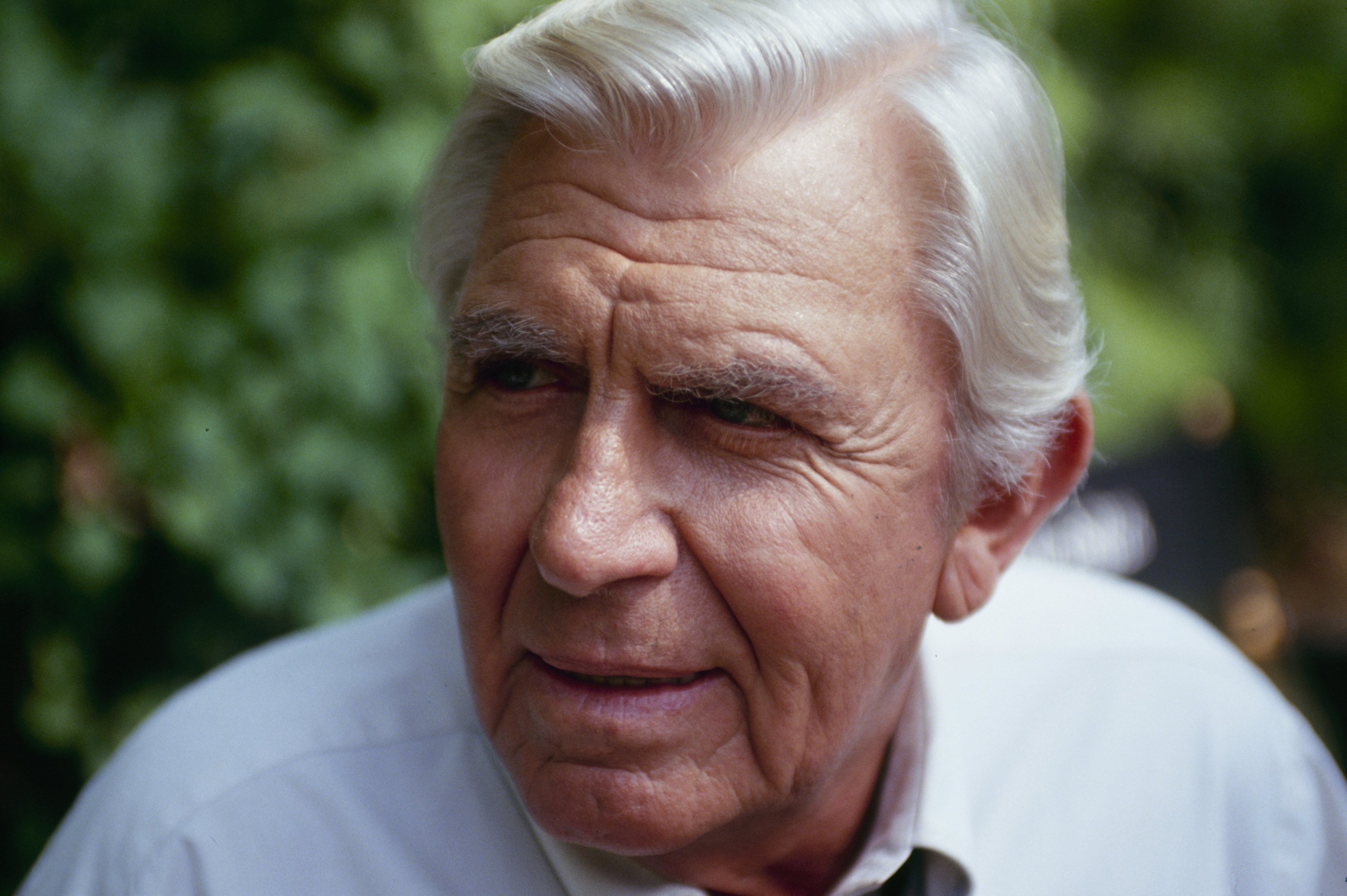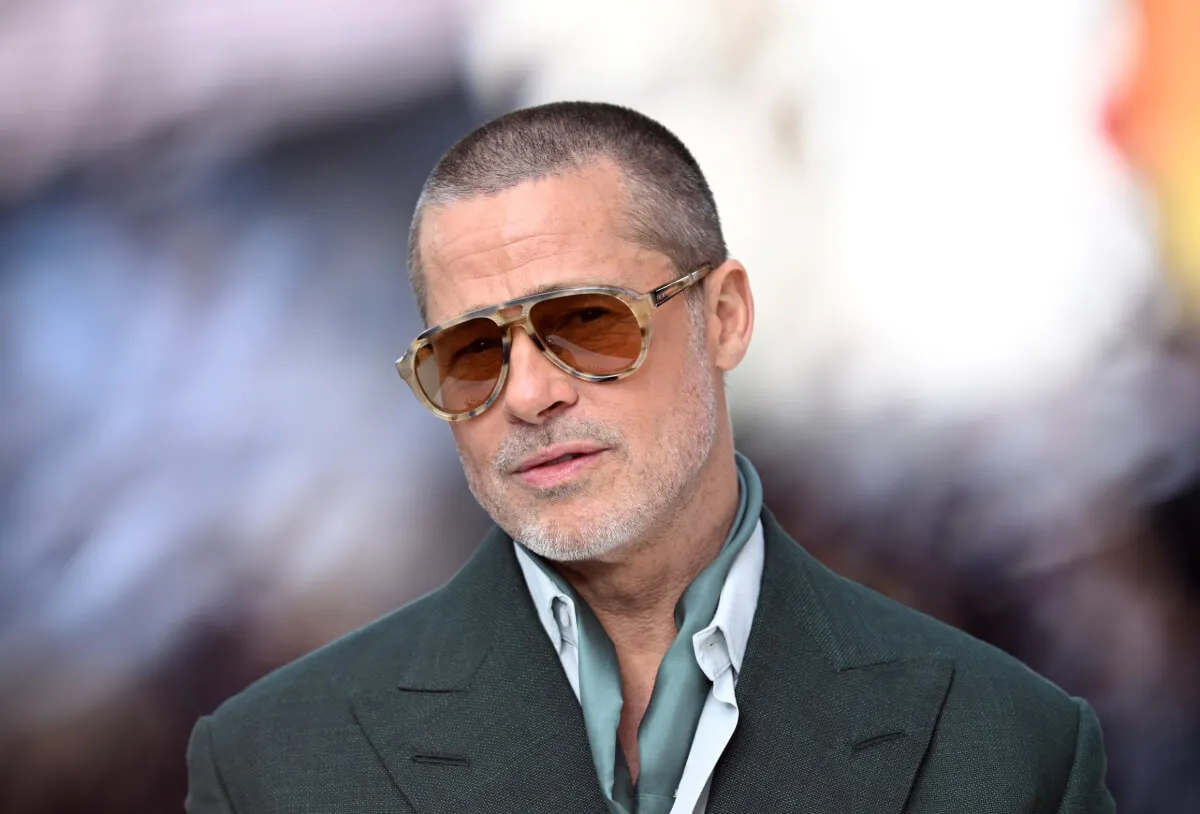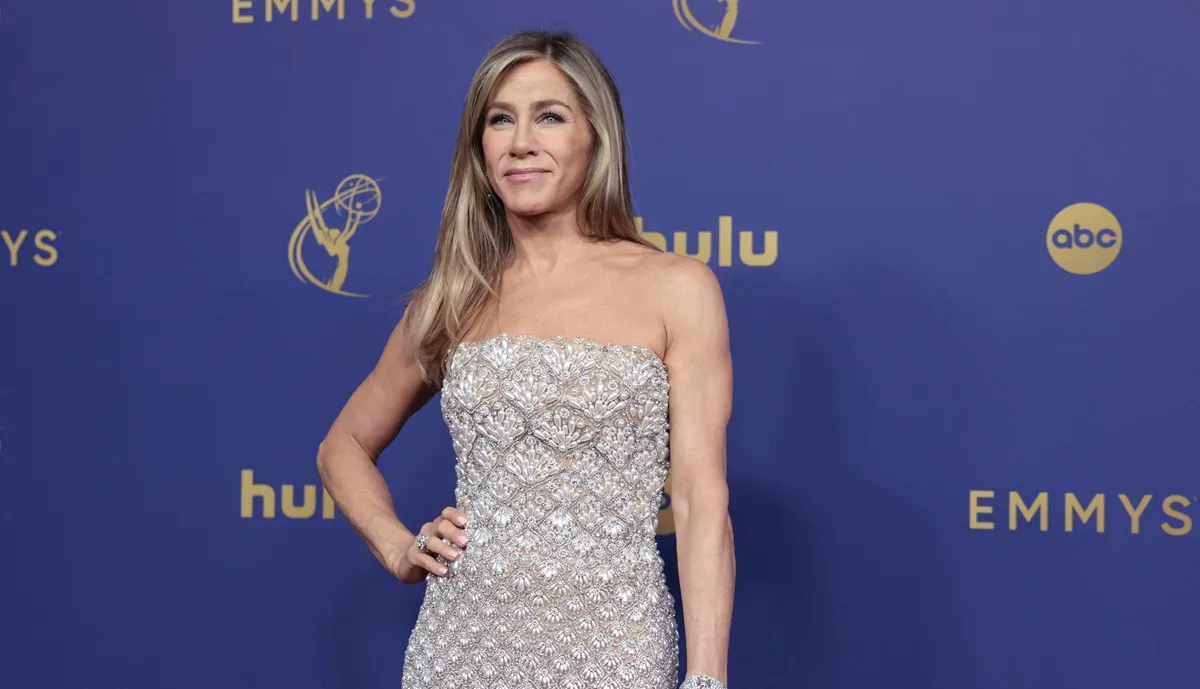‘Andy Griffith Show’ and ‘Matlock’ Fame Prevented Andy From Attending His Son’s Funeral
Celebrity is a sword that cuts both ways. Sure, the stars we adore get the benefits of reaping in big paychecks and living a life of adoration and luxury, but there is a darker side to all that attention.
In fact, some celebrities have even been stalked by dangerous individuals who definitely took their obsession with the actors way too far. Stars like Brad Pitt have opened up about the struggle of having every moment documented and scrutinized with paparazzi waiting outside your home.
The truth is, though, that the dark side of fame has a long history. Just take a look at the cost of fame for Andy Griffith and his popularity from The Andy Griffith Show.

‘The Andy Griffith’ show was immensely popular
There are several classic television shows that have stood the test of time and continue to bring in viewers decades after their initial network run. The Andy Griffith Show is one of those rare gems, and it saw a resurgence in popularity on streaming services.
The series originally premiered on CBS in 1960, and it ran until its 1968 conclusion — spawning two spinoff series along the way. The show starred Andy Griffith as the lovable and steadfast Sheriff Andy Taylor, a widower who served the people of idyllic Mayberry alongside the bumbling Barney Fife. He received help raising his young son, Opie, from Aunt Bee, who lived with them.
Today, the series — which was shot in black and white — seems quaint not only because of its nostalgic appearance but also due to its innocuous nature and big-hearted lessons. The crimes Sheriff Taylor and his crew had to solve seemed to always wrap up neatly within the half-hour episodes, and the laughs generated from the Sheriff’s tension with his deputy were good-natured at their core.
Andy Griffith had a complex relationship with fame
Thanks to the success of The Andy Griffith Show, Andy Griffith lived a life in the spotlight. He remained active in Hollywood throughout his long life, and his filmography stretches from 1957 to 2009 (and includes one posthumous appearance in 2020).
Following the conclusion of The Andy Griffith Show, Andy Griffith went on to the spinoff Mayberry R.F.D. and then the short-lived attempt to revive the magic with The New Andy Griffith Show. Later roles included a long run on Matlock and appearances in several TV movies. By the time the actor passed away in 2012 at the age of 86, he was worth millions.
That long and successful life of fame came with some costs, however. Griffith was married to Barbara Edwards from 1949 to 1972. The pair adopted a girl and a boy a year apart from one another. Their son, Andrew Samuel Griffith Jr., joined the family first. Their daughter, Dixie, came into their lives soon after.
Andy Griffith was devastated by his son’s early death
Though Andy Griffith’s son was named after him, he went by his middle name of Sam. Sam Griffith and his father had a troubled relationship. When Edwards and Andy Griffith divorced, she was awarded custody of the children.
Sam Griffith struggled mightily with substance abuse and drank heavily, putting a strain on his relationship with his father. Eventually, Andy Griffith cut off contact with his son, and the struggles only got more serious. When Sam Griffith was arrested and placed on probation in 1992 for beating his pregnant wife, it seemed like rock bottom.
Tragically, Sam Griffith died just a few years later in 1996. Though he was only 37 years old, his heavy drinking had taken a serious toll on his body, and his obituary listed him as an “unemployed developer.” Andy Griffith may have been estranged from his son, but this untimely death was still a serious blow.
As Closer Weekly reports, Griffith’s daughter Dixie described the pain Andy Griffith felt after losing his son: “It affected my dad on a very, very deep level.” Still, he did not make it to the funeral services. His daughter explained that “[t]here would be too many magazines and cameras, and it just wasn’t a good place for him to be.”


